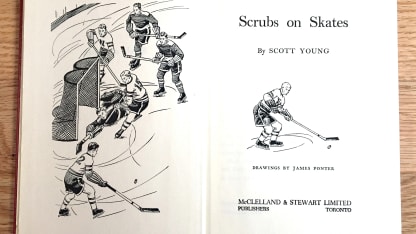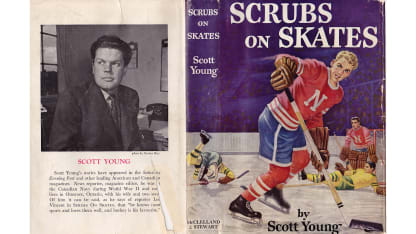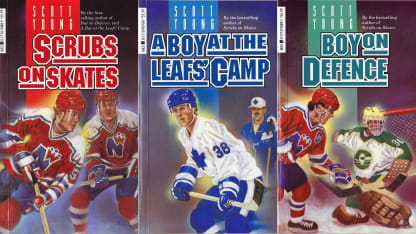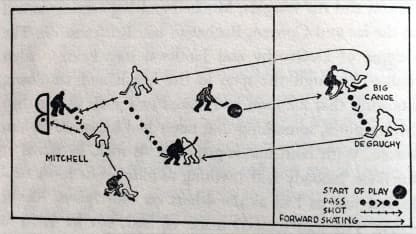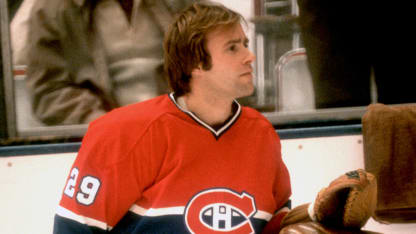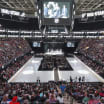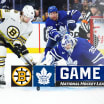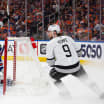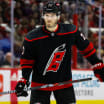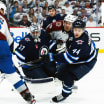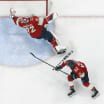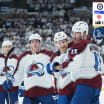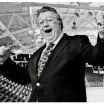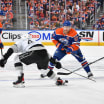Teenager Pete Gordon is transferred from Winnipeg's Daniel McIntyre Collegiate, his father's alma mater, to new Northwest High School when the city's districts are redrawn.
Gordon had won the Manitoba provincial hockey championship with powerhouse "Daniel Mac" the preceding season. Now he must leave that program and his friends to join Northwest and its pickup squad of poorly skilled players, these so-called scrubs on skates. He can't motivate himself to even try out for his new team; when he finally does he is by far its best player, though one without the heart to try his best. This angers his teammates, who would skate through the boards to have even half his talent.
But the situation improves as the season wears on. Gordon rediscovers his work ethic and eventually bonds with these players, especially Bill Spunska, a Polish immigrant who is far less gifted on and off the ice.
The playoffs were out of the question for first-year Northwest when the season began. But facing Daniel Mac in the climactic game, anything is possible.
Published March 17, 1952, "Scrubs on Skates" was the first "real" book I read as a boy; so often, in fact, that I recall having had a crush, like Spunska, on Pete's fair-haired sister, Sarah.
In 1985, I replaced my long-lost copy with a boxed set of the trilogy.
Young had dipped back into Scrubs for this reissue, updating it.
Gordon's favorite center in the freshened version was no longer Ted Kennedy of the Toronto Maple Leafs, but Bryan Trottier of the New York Islanders. Spunska's Polish father was not from the wartime underground, as he'd been in the original, but a supporter of Solidarity and Lech Walesa. And Spunska's ailing mother spoke not of NHL players Wally Stanowski, Bill Juzda and Bill Mosienko, as she had in 1952, but of Wayne Gretzky, Dale Hawerchuk and Peter Stastny.
I had long wanted the original back in my library, and Young's passing a dozen years ago sent me in search of one. This was not an investment of the wallet, but one of the heart.
I found a copy at a small bookshop that, as it turned out, was only a few miles from my home. The owner of the mostly online store met me over coffee to deliver the book, priced at $24 Canadian. He thought he'd had it for about a year, probably bought on a local driveway.
My new, then 53-year-old copy of "Scrubs on Skates" was, and remains, in wonderful condition, the pages crisp and creamy-white and unmarked, the spine remarkably solid, the colorful dust jacket showing typical wear and a small tear on the back.
With the paperback at hand to compare, I once more devoured Young's prose and James Ponter's delightful illustrations, among them the sketch of a play that a group of us successfully executed for a goal in 1960s road hockey after I'd chalked a tracing of it onto the asphalt.
